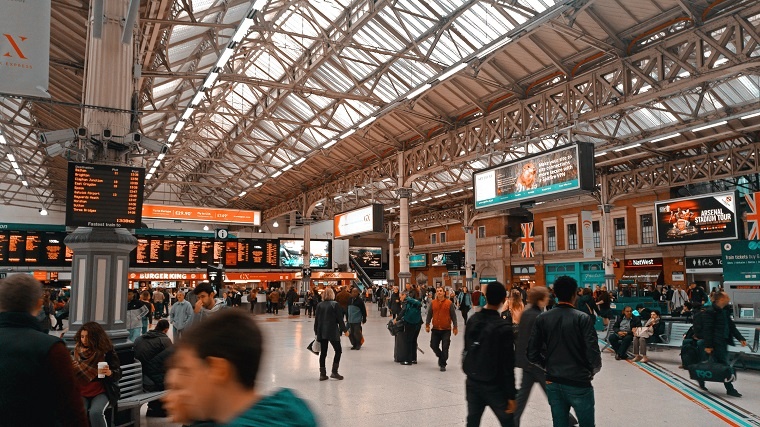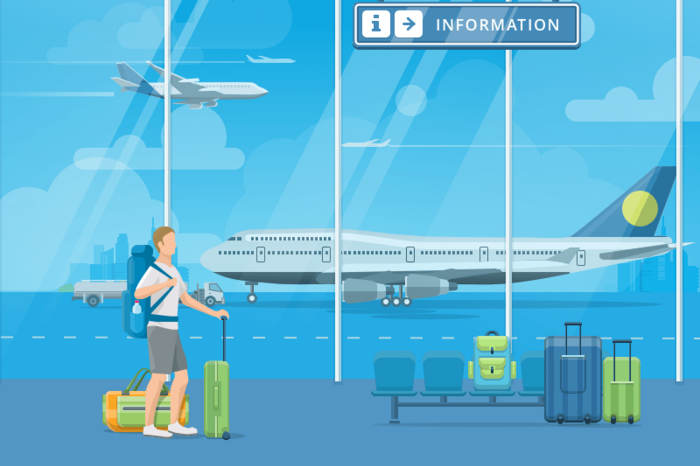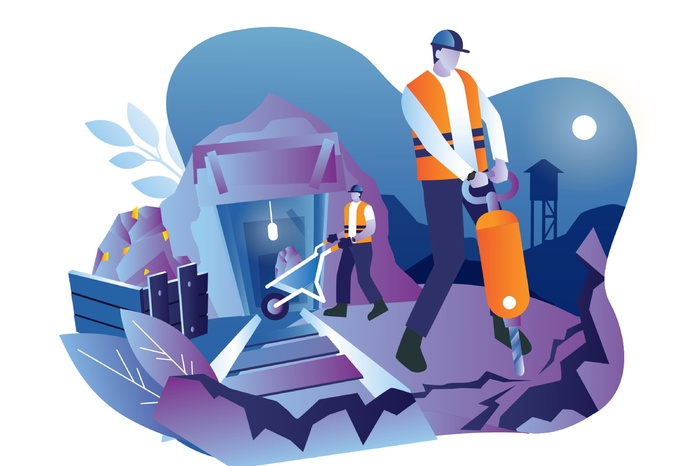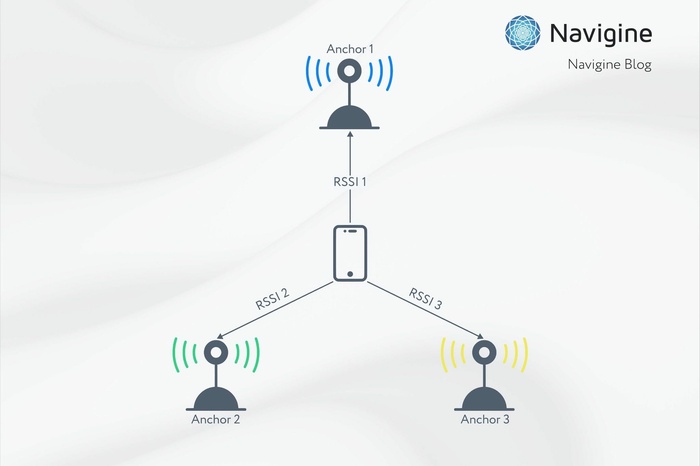Airports and railway stations need careful airport passenger flow management. Every year traffic flows are growing, which increases time spent in queues and can lead to negative impressions from trips. Constant passenger flow monitoring allows improving the quality of customer service. Using modern navigation systems, it is possible to avoid big queues, minimize crowds of people and increase safety in transport hubs. Moreover, the given technologies are actual in fighting the pandemic since they help to track the occupancy of the halls and monitoring the social distance between passengers.
Functions of the traffic flow management system
Constant congestion of transport hubs affects the growth of the number of passengers and, consequently, railway stations and airports are not able to increase their profit by selling tickets and renting premises to retailers. Moreover, congestion can lead to customers’ dissatisfaction because they have to waste much time on checking-in and boarding. Traffic monitoring lets us solve these problems and perform a set of additional functions aimed at the better deployment of resources and increasing transport hub safety and security.
Room occupancy control
In the context of COVID-19, it is really important to have constant control over room occupancy and limit the number of people in public places. Navigation systems solve these tasks effectively. They help count the number of passengers in a hall and direct passenger flows with the account of the requirements to social distancing. The technologies play an important role in ensuring safety and comfort, increasing the awareness of passengers, staff, airline employees as part of adaptation to the new reality.
Queue monitoring and effective staff allocation
Long queues do not arouse any excitement with travelers and can endanger the safety of passengers. Airport queue management systems allow reducing to a minimum the waiting time in queues and effectively allocating the staff taking into account passenger traffic flows. Such solutions are realized by defining the current number of passengers at check-in and inspection points, calculating the average waiting time, and delivering this information to people. Passengers will choose the queue with the least waiting time and further traffic flow analysis will make staff performance planning more accurate.
Providing data on free terminals, waiting zones
The implementation of navigation systems increases passenger loyalty to certain transport hubs. At any time, clients can get useful information on the location of waiting zones, booking offices, free terminals, and other points of interest, which will reduce the time necessary for searching such objects. Using the airport terminal navigation app on the smartphone, a person gets the possibility to study the interactive map of the place and build the best route to the required place.
Facilities analytics
Digital technologies let operators perform the analysis of the transport flow for further business process optimization at airports and railways stations. They help to get the statistics on equipment and vehicle movement in real-time, which makes it possible to identify shortcomings in working processes and quickly find ways to address them. Thanks to detailed analytics, companies can manage assets in premises more effectively and also improve logistics and the quality of customer services.
Technologies for realizing passenger tracking systems
Different technologies can be applied for organizing high-quality passenger management at airports and stations. The most common ones are the following: iBeacon, Wi-Fi, and UWB.
iBeacon
The iBeacon technology is based on tiny beacons, installed in various parts of the building, which send the Bluetooth Low Energy signals at determined intervals. When the user’s smartphone with the pre-installed mobile app gets within their range, the system can undertake various actions, such as displaying the relevant information. Thanks to iBeacon, it is possible to:
- map railway stations and airports;
- build routes to points of interest;
- get notifications on changes in the timetable, transport situations, etc;
- monitor passenger flows;
- manage queues at booking offices or check-in desks.
Wi-Fi
The Wi-Fi system allows tracking the location and movement of people around the determined zones. The platform realization is carried out by installing special sensors around the building that detect the Wi-Fi signals from passengers’ smartphones and send them to the server. The system works without user identification. Since phone MAC addresses do not have any connection with personal information, this data is not subject to collection. Sensors can be installed not only in the halls but also at the entry points to have the exact information on the number of passengers passing through them.
UWB
The technology is characterized by the highest accuracy but requires bigger installation costs. Positioning is carried out using radio waves with short impulse transmission. The system ensures high-speed data transmission and is optimal for positioning objects within 0.1 – 0.5 m.
Navigine develops effective airport queue management systems and passenger tracking systems at transport hubs. We offer optimal solutions for monitoring and positioning that ensure simple orientation in premises.




